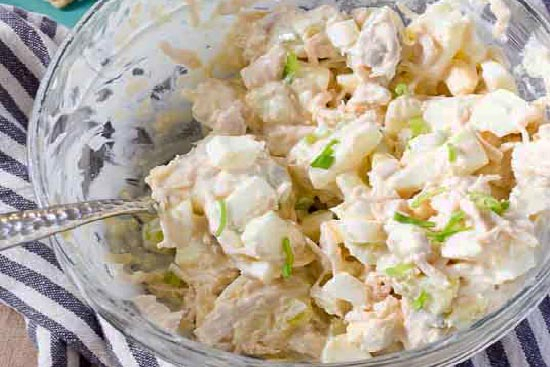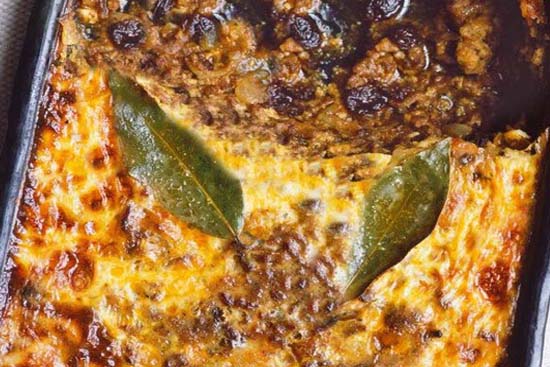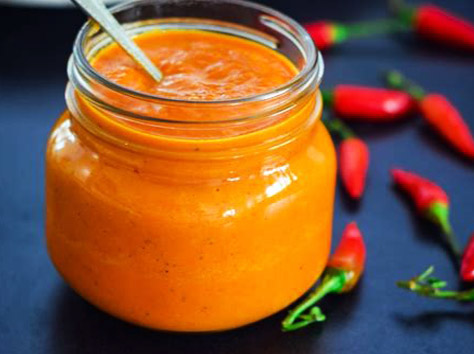The foods of South-Africa
Bobotie Bobotie is sometimes called the national dish of South Africa. The dish originates from Indonesian slaves who were brought to South Africa by the Dutch East India company in the 17th century. Bobotie is made from spiced minced meat and dried fruit with an egg and milk topping which is baked in the oven until it’s set – a bit like Greek moussaka. Eat bobotie with yellow rice, some fruit chutney, sliced banana and a sprinkling of coconut.Cape Malay curry When the Dutch and French settlers came to Cape Town in the 17th century they brought with them slaves from Indonesia to work on their lands. These slaves used their own spices and traditional cooking techniques with local African ingredients to create aromatic curries and stews – spicy but not fiery, and sweet – now known as Cape Malay curry. There are a great many variations.
Koeksisters Another South African speciality, from the Western Cape, is the syrup-covered doughnut called the koeksister. The name comes from the Dutch koekje – say it out loud and you’ll hear what it means: ‘cookie’. Koeksisters are usually twisted or braided and there are two types: the Cape Malay which is spicier and covered with dried coconut; the Afrikaner is crispier and has more syrup. Both are crunchy and sticky on the outside, and moist and syrupy on the inside.
Malva pudding This is South African comfort food at its sweet and sticky best: malva pudding. Malva pudding originated with the Cape Dutch settlers and is a spongy cake-type pudding made with sugar, eggs, flour, butter and apricot jam. As soon as it’s out of the oven, a hot sweet and creamy sauce is poured over the top of the pudding. Malva pudding is often served up after Sunday lunch in South Africa and can be enjoyed with custard, ice cream, whipped cream, brandy butter, crème anglaise or whatever your choice.
South-Africa - See the recipes
Appetizer recipes coming soonMain recipes
Bobotie Chicken salad Korean honey sesame grilled chicken Potjie stew Singapore noodlesSide dishes recipes
Kimchi Peri peri sauce Seafood green onion pancake haemul-pajeon Ssamjang korean dipping sauce Dessert recipes coming soon
Cooking in South-Africa
South-Africa desserts



